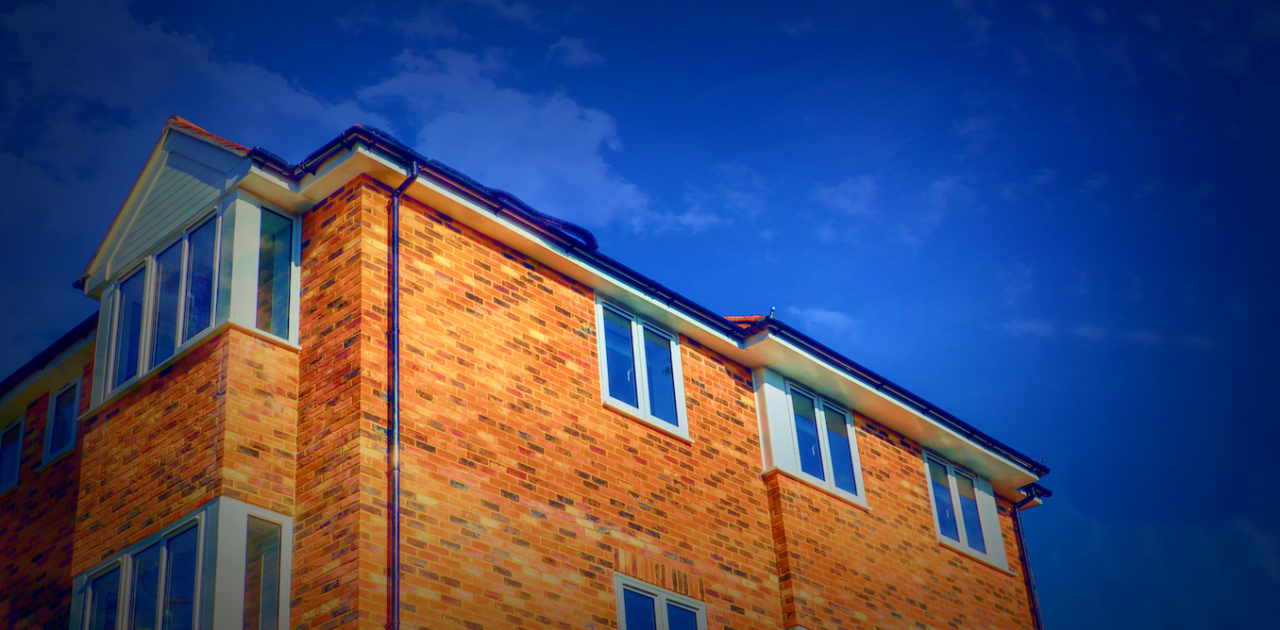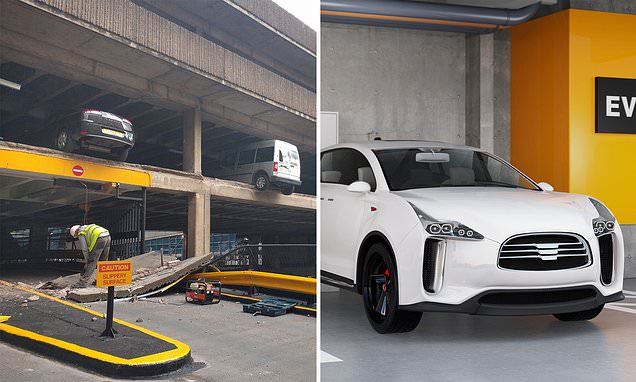So I think you know why the rent has increased.
I think it’s probably a spike in interest rates and a tsunami of immigration.
It’s true that interest rates have jumped to all-time highs over the past year, and it’s true that immigration surged in the six months to September 2022 (the most recent month for which we have official figures). By 170,000.
But here’s the problem. Advertised rents will start rising sharply in late 2021. This was six months before the Reserve Bank started pushing interest rates higher, at a time when it was predicted not to.
Also, when rents were rising, “net migration” was negative. That is, the number of arrivals did not match the number of departures.
is supply and demand
Something else moved the rent.
There is no particular reason to think that interest rates would have had an immediate effect on rents, even if they happened to be rising. If rising interest rates forced some landlords to sell and they were sold to other landlords, the number of rental properties would remain the same. When those landlords sell to otherwise renting owner occupiers, they reduce both the number of rental properties and the number of tenants.
As with other prices, rent is about supply and demand for the product being priced. More demand (more renters want the property) and prices go up. As supply increases (more properties available for rent), prices will fall.
Read more: $1 billion a year (or less) could cut rental housing stress in half
On the surface, neither demand nor supply has changed much during COVID as rents have started to rise. Australia’s population was growing more slowly than at any time in modern history. And as far as we can tell, the number of properties available for rent has been rising, albeit weakly.
What changed during COVID was the average number of people per household, according to the Reserve Bank’s Research Division.
The change doesn’t seem like much, but the average has gone from just over 2.6 people per household to just under 2.55.
Average household size (capital)
RBA, ABS microdata
Sudden changes have been very difficult for the construction industry to respond to. Especially during the downturn caused by COVID.
Why did we suddenly want to live with fewer people?
Lucy Ellis, head of the bank’s economics department, thinks it’s COVID itself and the lockdown.
“Love who you are with”
Ellis says the percentage of Australians living in group houses has declined and remains low. Faced with the choice of living with a large number of housemates and possibly only one romantic partner, her, many renters left group houses and shacked up with each other.
As she stated last year:
When asked who they would like to be locked down with, at least some Australians voted for a movers van by leaving their share house and moving in with their partner.
Of course that’s not all, but if the supply and demand for something is roughly in balance (rents were up less than 1% a year in the 4 years before COVID, but declined in the first year of COVID ) Either sudden changes in supply or demand can move prices quickly.
The rent as advertised is not typical…
That said, prices are still moving slowly for most renters. Published capital rents have risen 13% over the past year, while published regional rents have risen 9%. But average rents (average of what all renters pay) are up only 4.8%.
Rent charged to ongoing tenants rises much more slowly than rent charged to new tenants. This is because the landlord often prefers the tenant, and also because the lessee usually has a fixed contract for his first year.
But as time goes on, more and more renters tend to pay the advertised rent as they move into their homes and landlords become less squeamish. This is an undesirable sign of
…but those are the signs ahead for rents
And it may get worse. Reserve Bank Governor Philip Lowe says population growth will rise to 2% he nears the peak of the resources boom.
You can’t build a house that fast. Mr Lowe said the last time Australia’s population surged, it took about five years for housing supply to fully meet housing demand.
Of course, there are ways to deal with it. One is to re-accept the group her Home and the other is to delay or re-enter the partner’s home.
But even if that happens, in typical understatement, rent inflation (pre-COVID-19 very low) is likely to remain “pretty high” for some time, Lowe said. says Mr.
Read more: Rent Crisis?Average rents have not risen as much as expected




